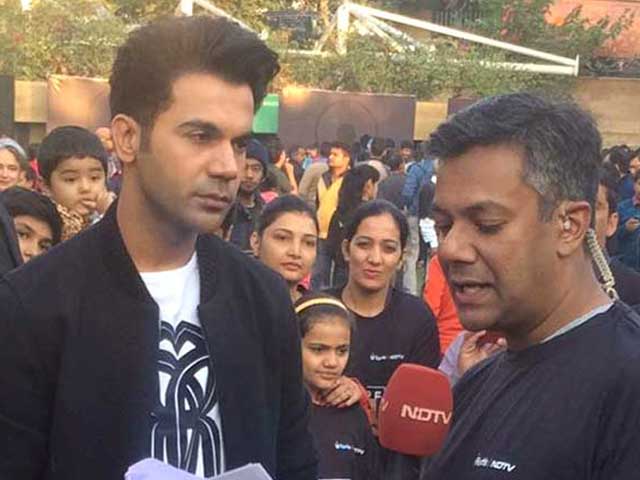
Highlights
- An individual can donate organs even when he/she is alive
- Tissues, kidney, a part of lung, cornea can be donated by living donor
- A brain stem dead person can donate 8-9 organs
New Delhi: Nearly half a million people die annually in India due to unavailability of organs. Through organ donation, one person can save up to 7 lives. Also a person can donate 50 tissues. Here is all you need to know about when and which organs can be donated.
1. Living Organ Donation
As the name suggest, living organ donation takes place when a person is alive. An individual of 18 years or more can donate some of his/her organs even when he/she is alive. The living donor can donate his/her organs either to ‘near related people’ or ‘other than related’.
Near related refers to parents, spouse, children, grandparent, grandchildren, and siblings. Whereas, other than related includes donating organ to someone you are not related to directly like friend or neighbour. Other than related organ donation can take place only out of love and affection. No money can be involved in the process of organ donation.
The organs that can be donated while a person is alive are either a kidney or a part of a lung, tissues, skin, bone, heart valve, and cornea. Dr. Anil Kumar, Program officer for National Organ Transplant Program running under Directorate General of Health Services, Ministry of Health and Family Welfare says,
Tissues are donated to improve the quality of someone’s life. The good thing about tissue donation which includes skin, bone, heart valve, and cornea is that tissue can be stored in tissue bank for 5 years. Except cornea all the tissues can be preserved for the future use.
2. Cadaver Organ Donation
Cadaver or deceased organ donation takes place after a person is declared brain dead. Normally when a person dies, all the organs stop working which render them invaluable for donation, except for eyes. In case of brain death, the brain stops working but all other organs are functional and can be kept alive through artificial means till it is retrieved for donation.
A brain stem dead person can donate 8-9 organs. The organs include two kidneys, one liver (if the liver is big then it is divided into two parts), one heart, small intestine, two lungs, and pancreas, says Dr. Anil Kumar.

Living donor can donate a kidney, part of a lung, tissues, skin, bone, heart valve, and cornea. A cadaver donor can donate 8-9 organs.
According to the data provided by Dr. Anil Kumar, only 807 people donated organs in India in 2016. The total number of organs donated stood at 2,347 with kidney being the most donated organ and pancreas being the least donated organ. 1,368 kidneys were donated in 2016 whereas only 21 pancreas were donated. Also, kidney is one of the most demanded organs in India.
Also Read: Donor To Recipient: The 5 Step Process From Organ Donation To Transplant Stage In India









